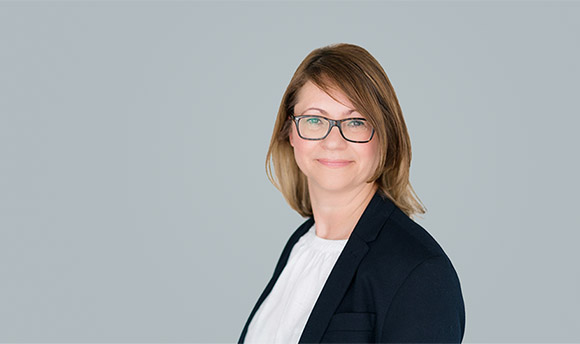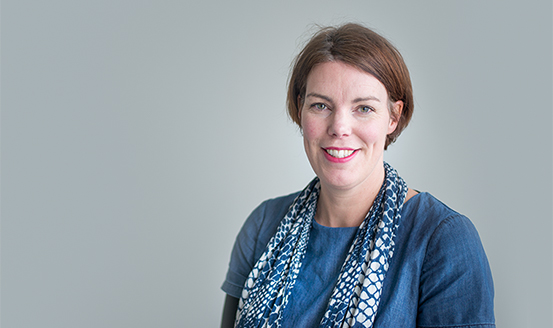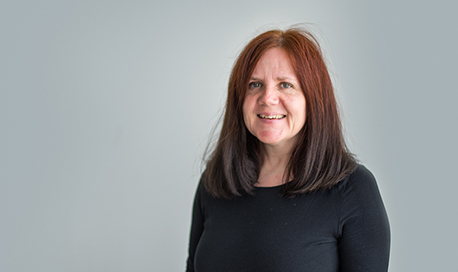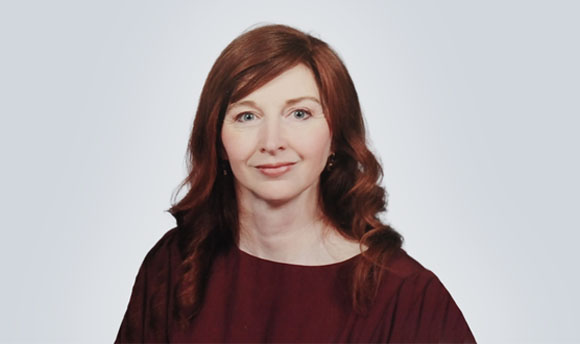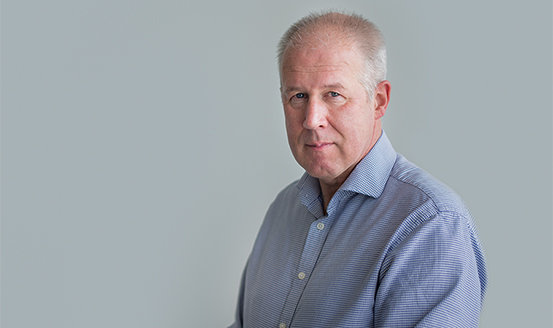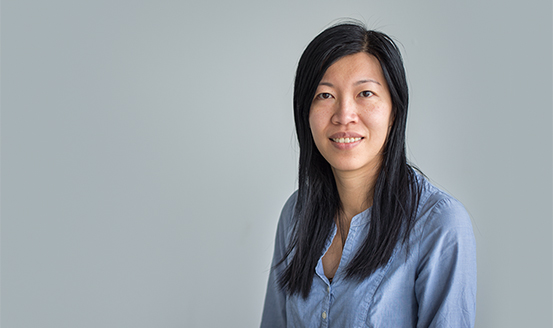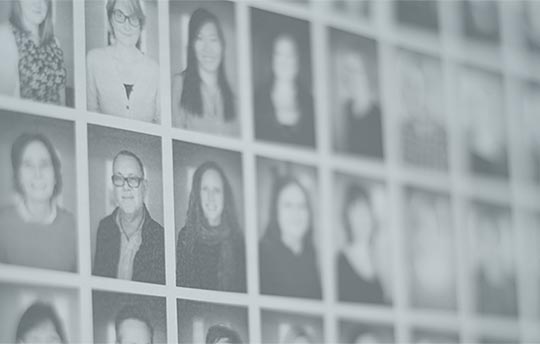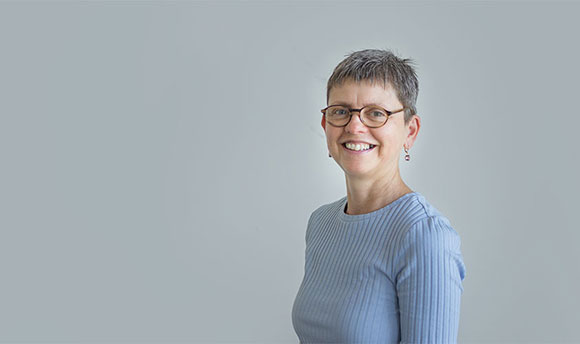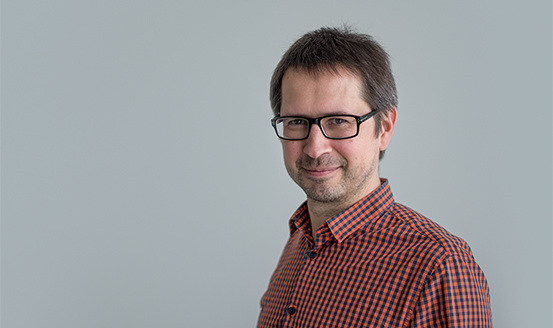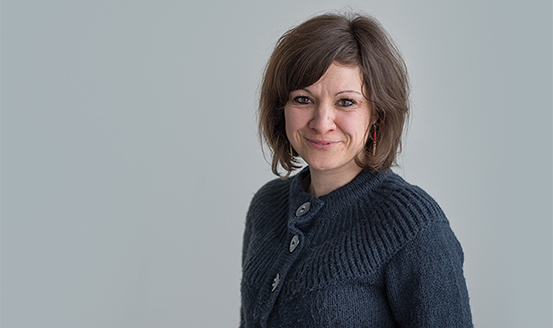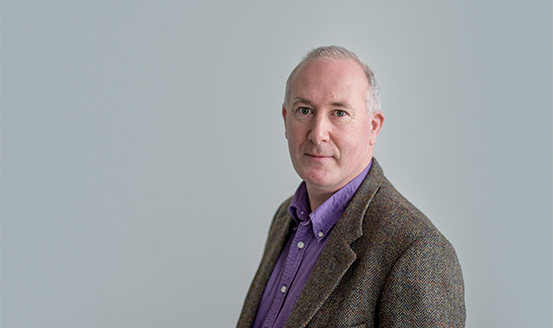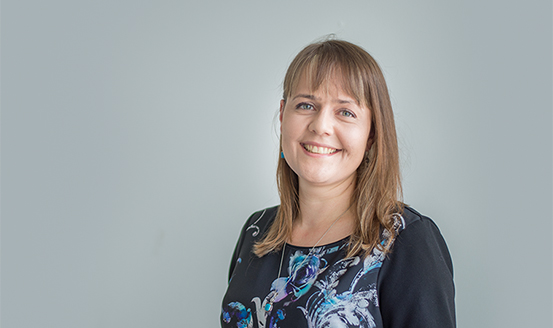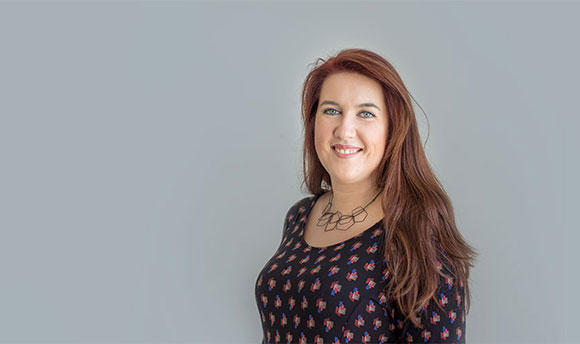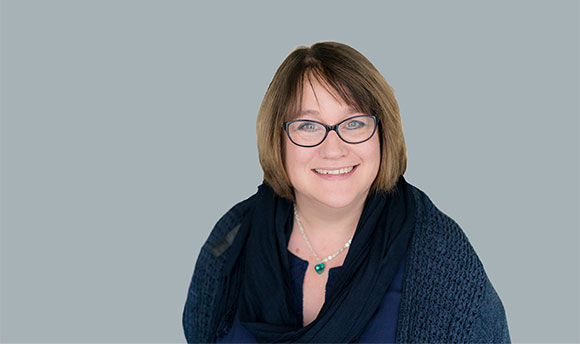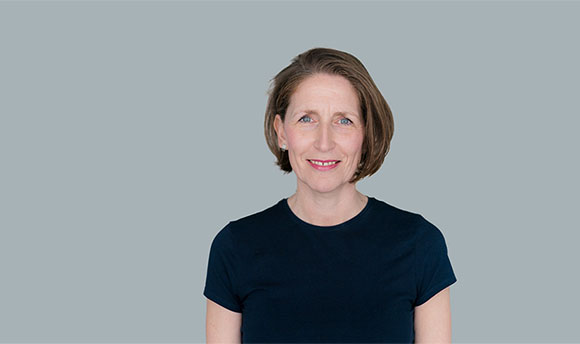Research Project - Child Co-articulation
“Coarticulation and tongue differentiation in children between three and thirteen years old”
This research project, running between October 2012 and February 2016, was funded by the Economic and Social Research Council (grant number ES/K002597/1).
This project is now finished.
Please see below for information about the project, including its outputs to date.
Background, Aims and Objectives
Background
The research programme on studying motor speech development in children using ultrasound tongue imaging was initiated by Dr Natalia Zharkova in 2008, in collaboration with Dr Nigel Hewlett and Prof William Hardcastle. This research led by Dr Zharkova has, over the years, attracted three grants from the Economic and Social Research Council (~£577K fEC, in total).
Typically developing children generally learn to produce most vowels and consonants correctly by the age of three years old. However details concerned with complex variations of speech sound production in words and sentences (or coarticulation) continue to develop during childhood. An example of coarticulation is the difference between two realisations of the consonant /s/, in the words "sea" and "saw", which arises from the influence of the following vowel. Understanding of coarticulatory processes and the constraints on them (for example the ability to differentiate between parts of the tongue) is fundamental to our knowledge of the general processes of speech motor control. Previous research by the team has demonstrated subtle developmental changes during childhood and preadolescent years. The new project is focussing on these subtle changes, by collecting and analysing ultrasound imaging data on tongue position and shape in speech.
Aims
The study aims to provide articulatory and acoustic data on the maturation of lingual coarticulatory patterns and tongue differentiation from the age of 3 years old to early adolescence. We will contribute to theories of speech production, focussing on the role of tongue constraints in coarticulation development. For the first time, the ability to differentiate between parts of the tongue will be systematically studied in tightly spaced age groups throughout childhood, using tongue imaging data. A long-term practical aim is to gain information that will potentially be useful for diagnosing speech motor problems. The database collected in the study will be a resource for addressing coarticulation development in children and other linguistic phonetic questions.
Research objectives:
- to collect a database of lingual articulations by Scottish Standard English speakers aged between 3 and 13 years old, producing short sentences
- to validate the methodology of quantitative ultrasound analysis of lingual coarticulation based on recordings without head-to-transducer stabilisation
- to describe the development of coarticulation patterns in different consonants, from childhood to adolescence.
- to establish how articulatory constraints on the tongue affect consonant-specific coarticulation development in different age groups
- to describe the development of the ability to differentiate between parts of the tongue throughout childhood
- to produce an account of age-related changes in within-speaker variability in typical speakers
The Team
The team:
Dr Natalia Zharkova (Principal Investigator, QMU)
Prof William Hardcastle (Consultant)
Prof Fiona Gibbon (Co-investigator, University College Cork, Republic of Ireland)
Dr Robin Lickley (Co-investigator, QMU)
Stephen Cowen (Senior Research Officer, QMU)
Robert Rush (Statistician, QMU)
Dr Nigel Hewlett (Co-investigator, QMU; worked on the project until November 2013)
Information for Participants
We have finished recruitment for this project.
Scottish-English speaking children aged between 3 and 13 years old participated in this ultrasound study of speech. The aim of this study is to investigate tongue movements during the pronunciation of some consonant-vowel sequences in speech, and to establish developmental trends in speech production from childhood to adolescence. During the recording, the child looks at the computer screen and reads or repeats short sentences, while the computer records images of the child's tongue via an ultrasound transducer placed below the chin.
Up to five years old, children have the ultrasound transducer held under the chin by the investigator. Participants above five years old wear a special helmet, which holds the ultrasound transducer.
Ultrasound is subject to rigorous safety assessments. There are no known risks associated with the technique and it is entirely non-invasive. Participants were native Scottish English speaking children without any speech or hearing disorders. The recordings took place at the ultrasound recording studio at Queen Margaret University.
If you would like more information, please contact Dr Natalia Zharkova.
SLT Connections
Presentation at the London Speech Disorders Special Interest Group
On 26th February 2014 Natalia Zharkova delivered an invited presentation, entitled “Using ultrasound to visualise and interpret tongue movements”, at the London Speech Disorders SIG. The presentation lasted over two hours and included a live demonstration of ultrasound tongue imaging, a taster session for the participants, and questions/discussion on tongue behaviour in typical and disordered speech and on the practical issues and challenges related to introducing ultrasound in clinical practice. The meeting was attended by over 30 speech and language therapists from London and surrounding area. The photo below gives only partial justice to everyone's enthusiasm!
School Connections
Presentation at Towerbank Primary School, Portobello, Edinburgh
On 1st June 2015 Natalia Zharkova, together with Patrycja Strycharczuk, delivered a presentation to a class of primary school students at Towerbank Primary School, within the Researcher in Residence scheme organised by Wendy Beautyman from the Centre for Academic Practice at Queen Margaret University. On the programme, there was a crossword about speech, videos showing tongue movements inside the mouth, a live demonstration of ultrasound tongue imaging, and a taster session for the students (on the photo!), where they could look at their own tongue movements while producing tongue twisters and various sounds from different languages.
Research Outputs
Publications
Zharkova, N., Gibbon, F. E. & Lee, A. (2016). Using ultrasound tongue imaging to identify covert contrasts in children’s speech. Clinical Linguistics & Phonetics, Early Online.
Zharkova, N. (2016). Ultrasound and acoustic analysis of sibilant fricatives in preadolescents and adults. Journal of the Acoustical Society of America, 139, 2342-2351. URL for published article abstract
Zharkova, N., Hardcastle, W. J., Gibbon, F. E. & Lickley, R. J. (2015). Development of lingual motor control in children and adolescents. In The Scottish Consortium for ICPhS 2015 (Ed.), Proceedings of the 18th International Congress of Phonetic Sciences, 10-14 August 2015, Glasgow, UK. Online ISBN 978-0-85261-941-4.
Zharkova, N., Gibbon, F. E. & Hardcastle, W. J. (2015). Quantifying lingual coarticulation using ultrasound imaging data collected with and without head stabilisation. Clinical Linguistics & Phonetics, 29, 249-265.
Zharkova, N., Lickley, R. J. & Hardcastle, W. J. (2014). Development of lingual coarticulation and articulatory constraints between childhood and adolescence: an ultrasound study. In S. Fuchs, M. Grice, A. Hermes, L. Lancia & D. Mücke (Eds) (external PDF),Proceedings of the 10th International Seminar on Speech Production (ISSP), 5 – 8 May 2014, Cologne, Germany. Pp. 472-475.
Zharkova, N., Hewlett, N., Hardcastle, W.J. & Lickley, R. (2014). Spatial and temporal lingual coarticulation and motor control in preadolescents. Journal of Speech, Language, and Hearing Research, 57, 374-388. Link to journal website
Zharkova, N. (2013). A normative-speaker validation study of two indices developed to quantify tongue dorsum activity from midsagittal tongue shapes. Clinical Linguistics & Phonetics, 27, 484-496.
Ultrafest VI international conference The grant was one of the sponsors for Ultrafest VI international conference, held in Edinburgh between 6th and 8th November 2013. The conference, focussed on the use of ultrasound imaging in studying speech, attracted around 85 external delegates from 16 countries. Partly based on Ultrafest VI, a special issue of Clinical Linguistics & Phonetics entitled "Insights from ultrasound: Enhancing our understanding of clinical phonetics" appeared in 2016, with Natalia Zharkova serving as a guest editor, together with Joanne Cleland and James Scobbie. The editorial is available here.
Academic presentations
Zharkova, N., Hardcastle, W. J. & Gibbon, F. E. (2016). Lingual coarticulation and articulatory constraints in 3-year-olds: an ultrasound study. Oral presentation at the 16th Meeting of the International Clinical Phonetics and Linguistics Association, Halifax, Canada, 15-18 June 2016.
Zharkova, N. (2016). Voiceless alveolar stop coarticulation in typically developing 5-year-olds and 13-year-olds. Poster at the 16th Meeting of the International Clinical Phonetics and Linguistics Association, Halifax, Canada, 15-18 June 2016.
Zharkova, N. (2016). Segment-specific and developmental articulatory constraints: findings from ultrasound studies of lingual coarticulation in children. Oral presentation at the Universitat Autònoma de Barcelona, Barcelona, Spain, 29 January 2016.
Zharkova, N. (2015). Development of speech motor planning in children: evidence from ultrasound tongue imaging. Invited oral paper, Department of Linguistics and Phonetics, University of Leeds, Leeds, UK, 4 November 2015.
Zharkova, N., Hardcastle, W. J., Gibbon, F. E. & Lickley, R. J. (2015). Development of lingual motor control in children and adolescents. Oral presentation within the discussant session on the Phonetics of Child Language (discussant: Prof Mary Beckman), at the 18th International Congress of Phonetic Sciences (ICPhS), 10-14 August 2015, Glasgow, UK.
Zharkova, N. (2015). Development of lingual coarticulation in children. Oral presentation at the Speech and Hearing Sciences Research Conference, Queen Margaret University, Edinburgh, 19 January 2015.
Zharkova, N. (2014). Using quantitative measures from ultrasound tongue imaging data to study speech motor control in adults and children. Oral presentation at the Speech and Hearing Sciences weekly research seminar, Queen Margaret University, Edinburgh, 2 December 2014.
Zharkova, N., Gibbon, F. & Hardcastle, W. (2014). Quantitative measurements of tongue shape using ultrasound imaging data collected with and without head stabilisation. Poster at the 15th Meeting of the International Clinical Phonetics and Linguistics Association, Stockholm, Sweden, 11-13 June 2014.
Zharkova, N. (2014) Ultrasound tongue data from children: recording and analysis with and without head-to-transducer stabilisation. Oral presentation at the Advanced and Intermediate Training in UTI data analysis for post-doc, PhD and active researchers from around the UK, 6 June 2014.
Zharkova, N., Lickley, R. & Hardcastle, W. (2014). Development of lingual coarticulation and articulatory constraints between childhood and adolescence: an ultrasound study. Poster at the 10th International Seminar on Speech Production 2014, Cologne, Germany, 5-8 May 2014.
Zharkova, N. (2014). Lingual coarticulation and articulatory constraints in 9-year-old children. Oral presentation at the British Association of Academic Phoneticians Colloquium, Oxford, 7-9 April 2014.
Zharkova, N. (2014) Speech motor control development in children between 5 and 13 years old: evidence from ultrasound imaging of tongue movements. Invited oral presentation at the Workshop on Late Stages in Speech and Communication Development, University College London, London, UK, 3-4 April 2014.
Zharkova, N. (2013) Ultrasound and acoustic analysis of lingual coarticulation in children. Invited oral paper, Glasgow University Laboratory of Phonetics, University of Glasgow, Glasgow, 12 December 2013.
Zharkova, N. (2013) Articulatory constraints in child speech: ultrasound tongue imaging and acoustic evidence. Oral paper at the Phonetics/Phonology Workshop 2013-2014, The University of Edinburgh, Edinburgh, 5 December 2013.
Zharkova, N. (2013). Gestural incompatibility and tongue movements in children and adults. Oral paper at the weekly Articulatory Assistant Advanced (ultrasound speech research) meeting series, CASL Research Centre, Queen Margaret University, Edinburgh, 4 December 2013.
Zharkova, N. & Hewlett, N. (2013). Quantitative analysis of ultrasound data collected with and without head stabilisation. Poster at Ultrafest VI, Edinburgh University, Edinburgh, UK, 6-8 November 2013.
Zharkova, N. (2013). Lingual coarticulation and articulatory constraints in adolescents. Oral paper at Ultrafest VI, Edinburgh University, Edinburgh, UK, 6-8 November 2013.
Zharkova, N. (2013) Collecting ultrasound tongue movement data from children between 3 and 13 years old. Oral presentation at the weekly Articulatory Assistant Advanced (ultrasound speech research) meeting series, CASL Research Centre, Queen Margaret University, Edinburgh, 20 March 2013. Database The database containing synchronised ultrasound (100 Hz) and acoustic recordings of 60 children recorded during the project is available here. The reference to the database is as follows:
Zharkova, Natalia (2016). High speed ultrasound/acoustic database of lingual articulation in typically developing children between three and thirteen years old. [Data Collection]. Colchester, Essex: UK Data Archive. 10.5255/UKDA-SN-852289. Tongue shape index The script required to calculate the index of tongue shape developed during the project, LOCa-i, is available here. The reference is as follows:
Zharkova, N., Gibbon, F. E. & Hardcastle, W. J. (2015). Quantifying lingual coarticulation using ultrasound imaging data collected with and without head stabilisation. Clinical Linguistics & Phonetics, 29, 249-265.
Contact Us
For any queries, please contact Dr Natalia Zharkova: nzharkova@qmu.ac.uk
